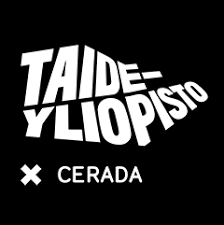Arts Education environments are mostly ableistic, they re-inforce the dichotomy between what it means to be sane and mad, able and disabled. We understand Ableism as a "system of causal relations about the order of life that produces processes and systems of entitlement and exclusion. This causality fosters conditions of microaggression, internalized ableism and, in their jostling, notions of (un) encumbrance. A system of dividing practices, ableism institutes the reification and classification of populations. Ableist systems involve the differentiation, ranking, negation, notification and prioritization of sentient life". (Campbell 2017, 287–288).
The Pedagogy of the Anarchive
a hub for neurodiverse/crip/mad/queer art
Common notions of relationality undervalue relations with non-human materialities, stigmatising non-neurotypical modalities of sensing the world and difficulting the production of awareness to urgent matters, as the material conditions of the anthropogenic-oriented climate crisis that affects both human and non-human subjectivities. New modalities of pedagogy must be invented: transdisciplinary, fully inclusive and inspired in the post-qualitative inquiry.
That is why our project proposes to build a hub, the Anarchive-Helsinki, at UniArts, where people could create crip/mad/queer art while feeling comfortable with its material/sensorial conditions. Reading circles are the lures, what is going to attract people to participate in the development of the hub and its artistic-research propositions, and facilitate theirs. We think together with the concept of the Anarchive, and we propose two iterations.

